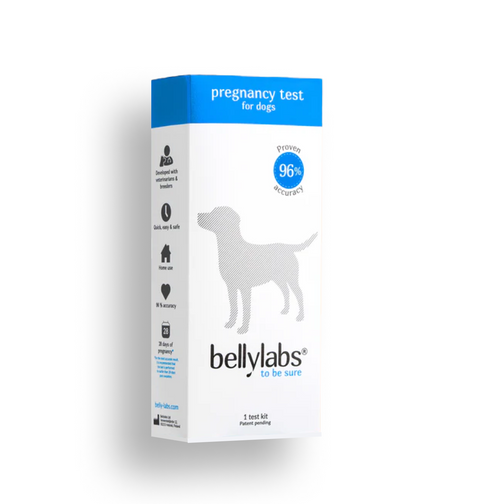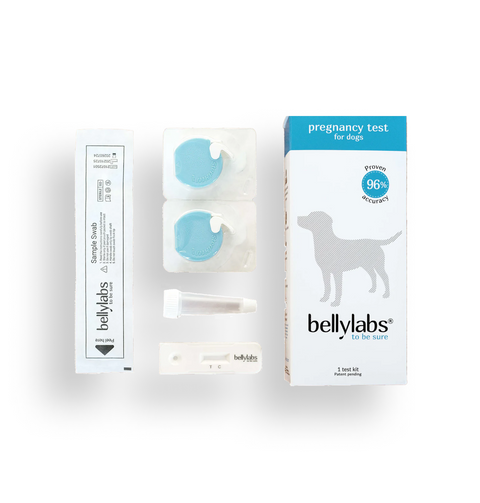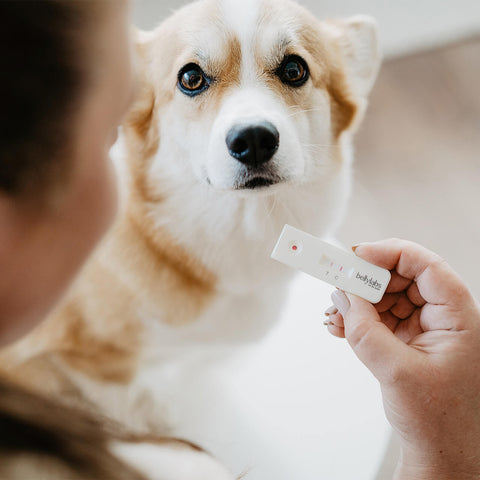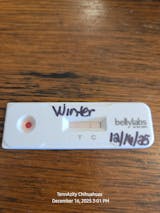Breeding dogs is both an art and a science, with numerous factors influencing the success of the endeavor. One of the critical aspects that pet owners must comprehend is the monitoring of dog progesterone levels for breeding. Progesterone, a hormone produced by the ovaries, plays a pivotal role in the breeding process. In this comprehensive guide, we will explore the significance of tracking and interpreting progesterone levels for successful dog breeding.
- The Role of Progesterone in Canine Reproduction
Progesterone is a steroid hormone that is essential for maintaining pregnancy and facilitating a successful mating process in female dogs. This hormone is primarily produced by the corpus luteum, a temporary endocrine structure formed in the ovary after ovulation. Progesterone level for breeding dogs rise significantly during a female dog's estrus cycle, which consists of four main stages: proestrus, estrus, diestrus, and anestrus. It is during estrus that a female dog is fertile and can conceive. Accurate tracking of progesterone levels is crucial in determining the optimal time for mating.
- Timing Is Everything
Successful breeding is highly contingent on timing. A female dog's fertile period, also known as the "breeding window," is relatively short. Progesterone levels serve as a reliable indicator of when this window opens and closes.
- Progesterone Testing
Progesterone levels can be monitored through blood tests, which are typically conducted at a veterinary clinic. It is essential to conduct these tests at regular intervals during a female dog's estrus cycle. Progesterone testing begins during the proestrus stage, well before ovulation occurs. The frequency of testing may increase as the cycle progresses to ensure that the optimal mating time is identified.
- Interpreting Progesterone Levels
Understanding the results of progesterone tests is vital for successful breeding. Progesterone levels are typically reported in nanograms per milliliter (ng/ml) or nanomols per liter. The key threshold to watch for is when progesterone levels reach around 5-10 ng/ml. This is an indicator of the impending ovulation, and the female is typically bred within the next 48 to 72 hours.
As dogs ovulate immature eggs, it will take an additional 2 to 3 days for the eggs to be ready for fertilization.
- Achieving Successful Breeding
Successful breeding is not just about pinpointing the right time to mate but also ensuring the male and female dogs are in optimal health and condition. Additionally, the expertise and experience of the breeder, as well as proper management and care of the dogs, play a crucial role in the process.
In the world of dog breeding, the science of monitoring progesterone level for dog breeding is indispensable for achieving successful matings and ensuring the birth of healthy litters. Breeders must invest in thorough progesterone testing and understand the results to maximize the chances of successful reproduction. While progesterone monitoring is a key aspect, it is essential to consider it as part of a holistic approach to breeding that encompasses the health, well-being, and management of both the female and male dogs involved. Only through a comprehensive understanding of all these elements can breeders consistently achieve their goals and contribute to the betterment of canine genetics.












